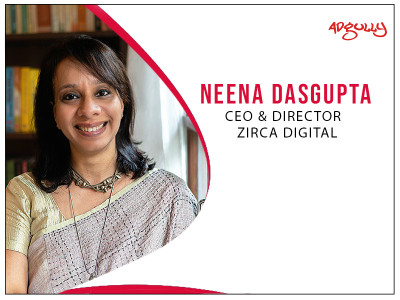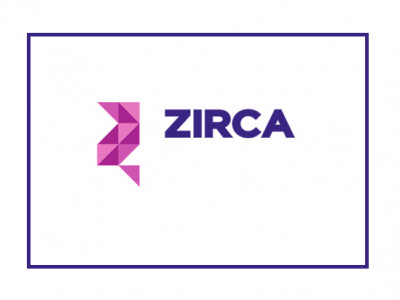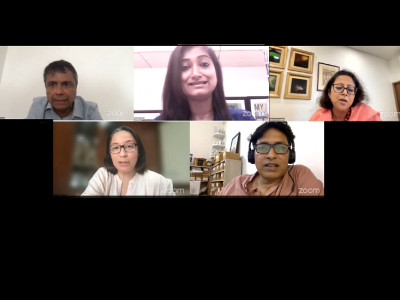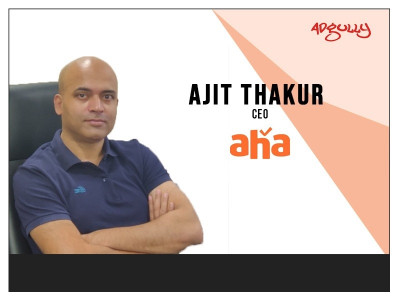Brands need to capitalise on the consumers’ quest to upskill: Neena Dasgupta
Zirca Digital Solution has launched ContentiQ tool to better understand the consumers’ online behavioural habits and help brands improve their understanding of the digital consumer. Most market research is usually done outside of the digital world and hence, is not representative of the online consumer. Through this report, Zirca found specific insights into digital content consumption that allows brands to map brand personas to the archetypes derived from specific online behavioural traits of the user.
Also read: Revival & Survival: Businesses have rolled up their sleeves to go back to the frontlines
The sample size of the study was 103 Indian digital consumers and was primarily circulated via WhatsApp and Email. The tests were sent to respondents in the age group of 15-55 years. 70 per cent of the target respondents live in metros, with 55 per cent being based outside of Mumbai.
In conversation with Adgully, Neena Dasgupta, CEO & Director at Zirca Digital Solutions, elaborates on the findings of the report.
The report talks about the growth of payment-based platforms with a reach of 291 million in Q4 FY2020. Could you highlight some key consumer trends there were seen for this category? Also, how can payment-based platforms retain this growth as we get into unlock mode?
The consumer trends in the mobile wallets and e-payment platforms space are pretty evident. People are adopting these payment modes much faster now as compared to before. Google Pay App’s reach increased by more than 80% in Q2 FY2020 as compared to Q2 FY2019. As per ComScore, Samsung Pay App almost had a 100% increment in reach (Q2 FY’19-Q4 FY’20).
Secondly, consumers are exploring more categories for online purchases and payments. Since there is a safety concern due to pandemic, people are realising the ease and benefit of online activities. As per BCG Covid-19 Sentiment Report, post the outbreak, there has been a surge in few digital activities – 1.4x increase in the number of categories purchased online and 1.14x increase in the use of mobile wallets.
I do not think people will move back to old ways post the pandemic. This mode of transaction has proven to be both convenient and safe (health and money point of view both) and hence, this category will only see an upwards trajectory.
As your report mentions, the pandemic shifted consumer behaviour and with more leisure at hand, people focused more on their fitness and health, recipes, new skills and finances. Do you think this is a permanent shift in the consumer’s mentality or as life comes to normal, consumer behaviour will again change for these categories?
While all the changes people saw and experienced during the pandemic/ lockdown may not be permanent, but that experience has created a certain behavioural change. I firmly believe that nobody will go back to the pre-pandemic levels and behaviour. Spending more time on fitness/ health/ upskilling, etc., has exposed to the consumers the benefits of these. An evidence of this is the category of health & fitness witnessing maximum time spent in Q4 FY2020 despite being a festive season (ComScore).
How can players in the fitness & health, new skills and financial sectors retain customers post the pandemic? Any marketing trends that you are looking forward to?
One thing that consumers have learnt through the pandemic is that adversity can strike anytime/ anywhere. Thus, updating skills or financial knowledge would be a practice adopted even in the future. FinTech and EdTech brands have already started to capitalise on this behaviour.
While this was an opportunity that came out of nowhere, those who become complacent will not be able to capitalise on the growing trend. So, anyone who wants to retain customers needs to keep the rate of evolution high.
Could you share some more consumer insights when it comes to subcategories of E-commerce? How big is the adoption of contactless delivery and what exactly are consumers purchasing today?
Some key trends that are worth mentioning are:
- As per OMR E-commerce Report, the overall CAGR of the e-commerce industry is anticipated to be 26.5% (post pandemic) compared to the earlier estimate of a CAGR of 23.2%. The pandemic has boosted the adoption of e-commerce.
- While most verticals like Electronics, Apparel, Beauty & personal care will see growth in CAGR, it is Healthcare which has received a significant push via E-commerce. The growth in Healthcare was anticipated to be the highest at 48% till the year 2025.
- As per Redseer, the share of cash-on-delivery (COD) orders in India’s e-commerce shipments has reduced to 28% for months of August and September, as compared to 41% during the pre-COVID-19 months.
Travel sites, career sites and real estate all see a dip. How exactly can these categories bounce back and are you looking at it to happen soon? How should these players revisit their strategy to bounce back and overcome unprecedented changes?
With the vaccination drive going in full force in India, domestic travel would bounce back faster than International travel. According to a recent study by RateGain, the number of check-ins into hotels/ resorts for domestic travel have increased. However, international travel would still take some more time to return to normalcy. Given that safety and being hygienic would be one of the main concerns, communication around this aspect would be key to help at-least domestic travel to bounce back strongly.
According to JLL India, home purchase affordability among the top seven metros is on the rise. Also, home loans are operating at a very low rate, making real estate a compelling investment for a buyer. Deals offered by developers and low home loan rates are two reasons which aid in a decision towards property. The real estate developers should maximise on the low interest rates right now and come up with attractive offers to lure customers.
For more updates & collaboration, connect us on :
















Share
Facebook
YouTube
Tweet
Twitter
LinkedIn